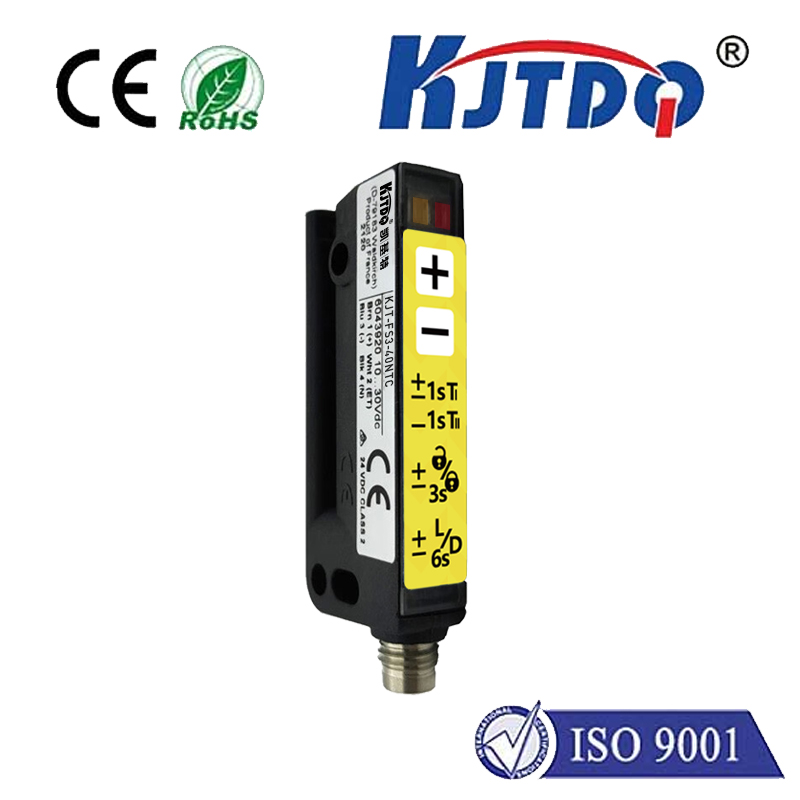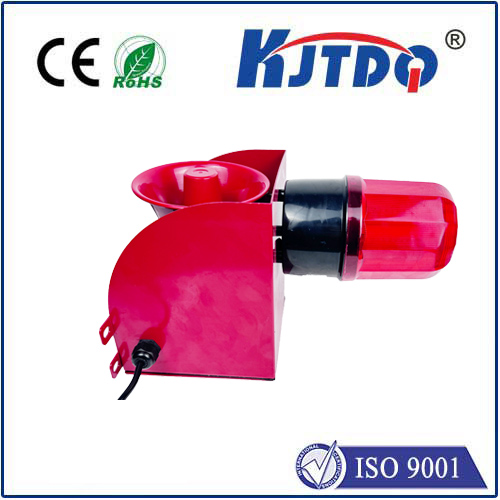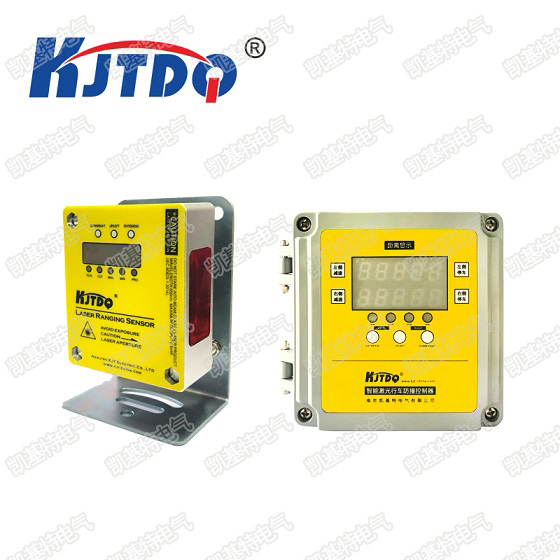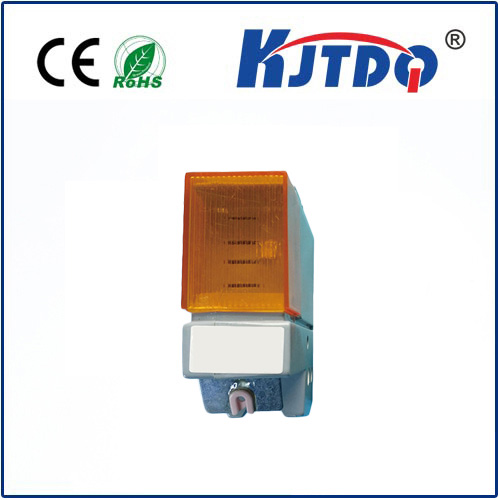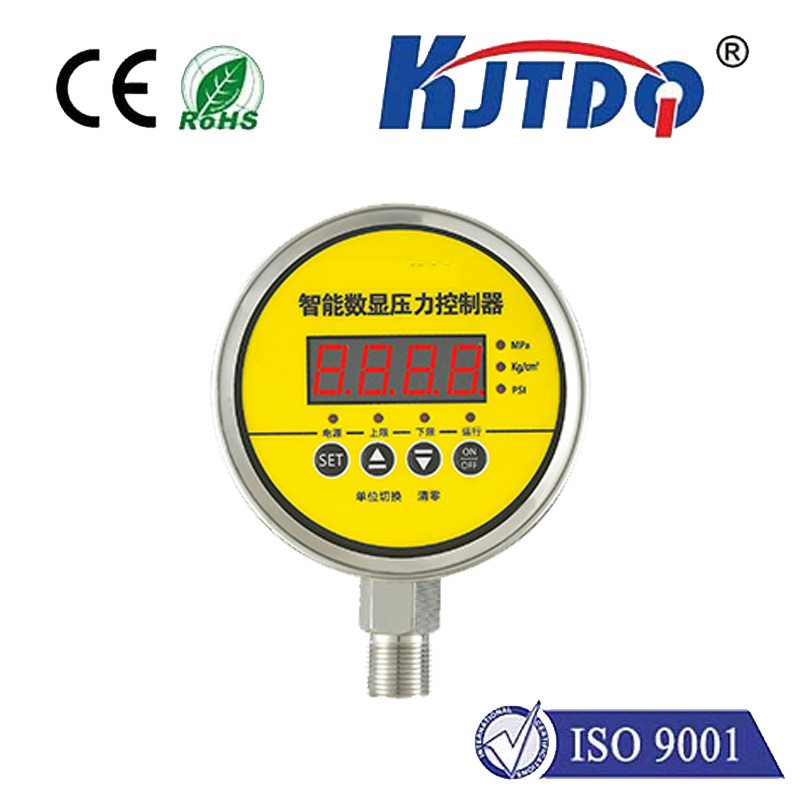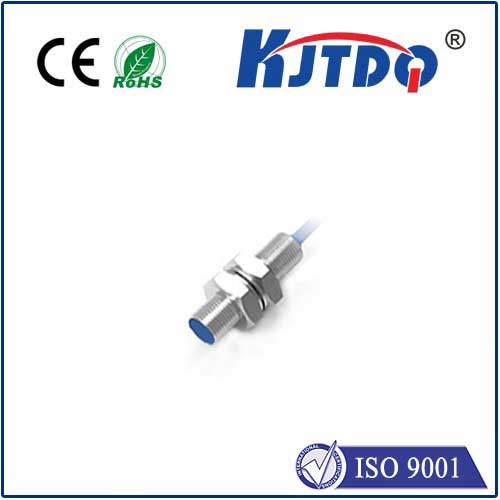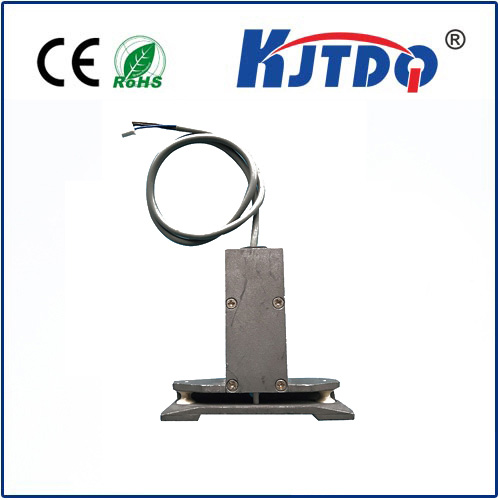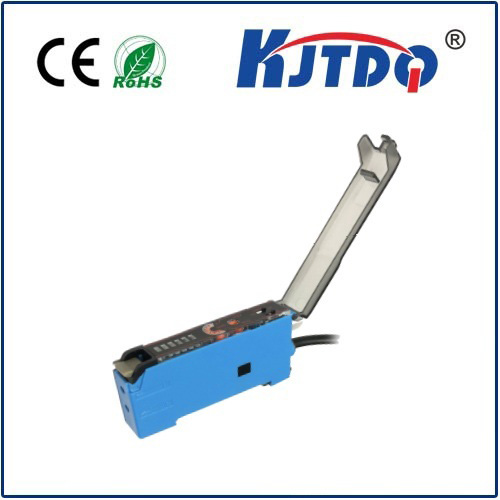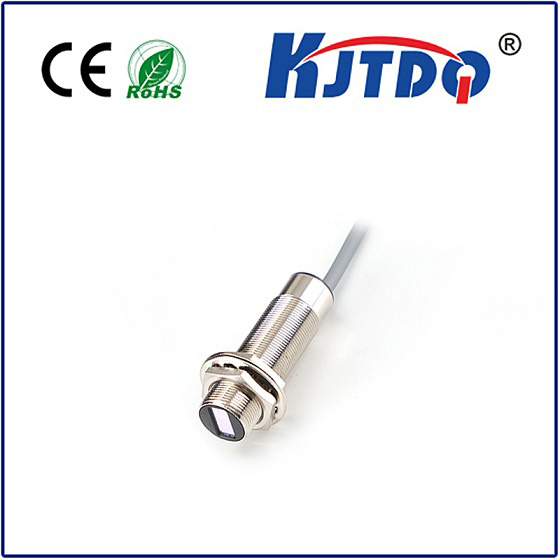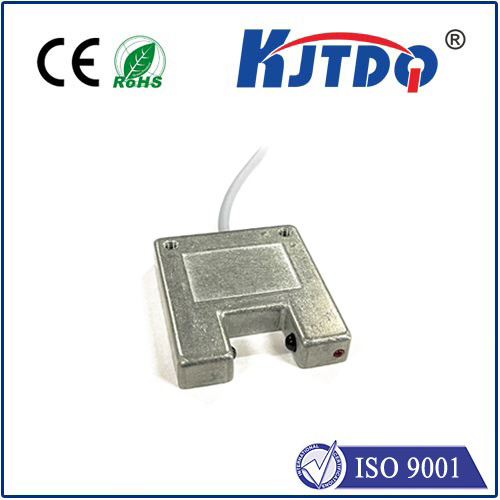
check

check

check

check
Title: The Versatile Applications and Benefits of the E3FB-LP21-F2 Photoelectric Sensor In today’s rapidly advancing world of automation, photoelectric sensors play a crucial role in ensuring efficiency and accuracy across various industries. Among these, the E3FB-LP21-F2 stands out as a high-performance device designed to meet the demands of modern automation systems. This article delves into the key features, applications, and benefits of the E3FB-LP21-F2 photoelectric sensor, highlighting why it is an indispensable tool for engineers and technicians seeking reliable automation solutions. Understanding the E3FB-LP21-F2 Photoelectric Sensor The E3FB-LP21-F2 photoelectric sensor is a state-of-the-art detection device that utilizes light to detect the presence or absence of objects within its field of view. This sensor is particularly notable for its long sensing range and high precision, making it suitable for a wide array of applications. The ‘E3FB’ designation indicates its robust construction, while ‘LP21’ specifies the specific model parameters, and ‘F2’ denotes its function within the photoelectric sensor family. Key Features of the E3FB-LP21-F2 Sensor
Long Sensing Range: With an impressive sensing distance, this sensor can detect objects from afar, enhancing its versatility in large-scale operations.
High Precision: The E3FB-LP21-F2 ensures accurate detection, minimizing errors and false readings, which is critical in high-precision tasks such as assembly line quality control.
Robust Construction: Designed to withstand harsh industrial environments, this sensor is built to last, offering durability that meets the demands of rigorous daily use.
Easy Integration: Compatible with most automation systems, the E3FB-LP21-F2 can be easily integrated into existing setups, reducing installation time and costs. Applications Across Various Industries The versatility of the E3FB-LP21-F2 photoelectric sensor makes it an ideal choice for numerous automation applications:

Manufacturing and Assembly Lines: In automotive and electronics manufacturing, this sensor detects components and products, ensuring they are correctly placed and aligned.
Packaging and Material Handling: It monitors the flow of goods on conveyor belts, verifying that packages are properly labeled and sealed before moving onto the next stage.
Robotics: In robotic systems, the sensor aids in object recognition and positioning, enabling robots to perform complex tasks with greater accuracy.
Logistics and Warehousing: By detecting the presence of items in storage areas, the E3FB-LP21-F2 helps optimize inventory management and streamline distribution processes.
Security Systems: Its ability to detect movement makes this sensor valuable in security applications, triggering alarms and alerts when unauthorized access is detected. Benefits of Cost Reduction and Efficiency Improvement Implementing the E3FB-LP21-F2 photoelectric sensor in automation systems brings about several significant benefits:
Reduced Downtime: Its reliability minimizes equipment failures, leading to reduced maintenance needs and less downtime.
Enhanced Productivity: By automating detection tasks, the sensor speeds up processes, allowing for higher throughput and more efficient production lines.
Cost Savings: Over time, the efficiency gains and reduced need for manual intervention lead to substantial cost savings for businesses.
Safety Improvements: Automated detection reduces the risk of accidents related to human error, enhancing workplace safety. In conclusion, the E3FB-LP21-F2 photoelectric sensor is a game-changer in the realm of automation technology. Its combination of long-range detection, high precision, and rugged build make it an invaluable asset across various industries. Whether you are looking to improve production efficiency, reduce costs, or enhance safety, this sensor offers a powerful solution. As industries continue to evolve towards greater automation, the E3FB-LP21-F2 will undoubtedly play a pivotal role in shaping the future of smart manufacturing and beyond.
